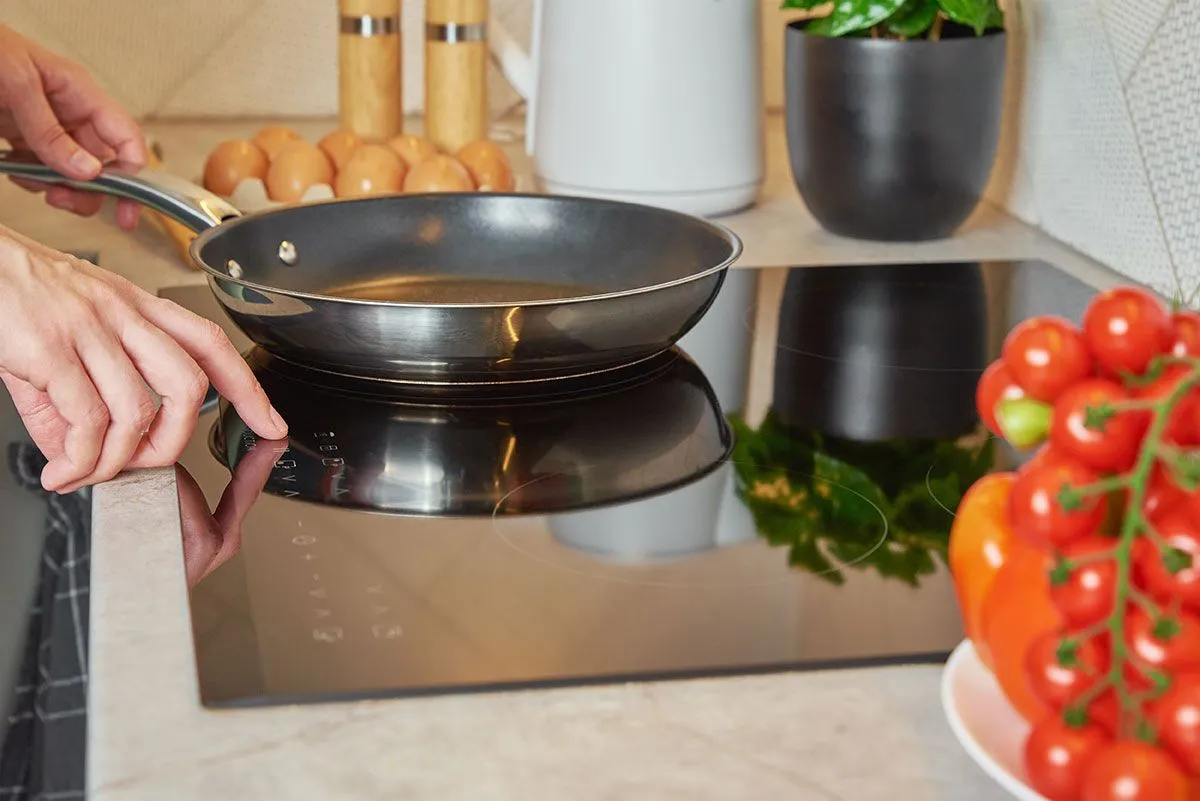A common kitchen battle
Anyone who spends a lot of time in the kitchen knows how annoying it can be to deal with cooktop stains that just won’t go away. Even after some serious scrubbing, those spots can stick around, leaving you feeling pretty frustrated. Usually, these smudges come from little slip-ups—like spills during meal prep or water spots that aren’t wiped up—that eventually harden into tough deposits. It’s an all too familiar story, turning a quick clean-up into a real chore.
These persistent stains aren’t just an eyesore; they often point to habits in how you cook and clean. Each spot is a reminder of many small accidents over time, slowly taking away from the overall neat look of your kitchen.
Figuring out why stains form
Knowing what makes these stains appear is a big help in getting rid of them for good. Cooktop stains aren’t just on the surface—they’re the result of things like limescale from dried water spots and grease from splatters. When these elements meet the heat during cooking, they stick to your cooktop, making them a real pain to clean.
Heat really speeds up this sticking process. While you need it for cooking, high temperatures cause limescale and grease to sink into the cooktop material. What might have been an easy wipe-up turns into a long-lasting mark on your appliance.
How heat makes cleaning tougher
It’s hard to overstate just how much heat complicates the removal of cooktop stains. When things get really hot, chemical changes happen that make limescale and grease grip the surface even tighter. As these residues bake on, they become far harder to get off with everyday cleaning methods.
This all goes to show why it pays to clean up right away after cooking. Leaving spills or water spots on a hot cooktop only makes them more likely to stick around for good. A quick wipe-down can save you a lot of hassle later on.
Hands-on tips to stop stains
Keeping your cooktop stain-free means taking action as soon as you’re done cooking. Cleaning it right after you finish helps stop the heat from setting in any leftover spills or splatters.
It also doesn’t hurt to avoid habits that invite stains in the first place. For example, don’t set damp lids on a hot surface—this can cause condensation that leaves behind mineral deposits when the water evaporates. Simple actions like these can really help keep your cooktop looking better and lasting longer.
Keeping your cooktop spotless might seem like a tall order at first. But by spotting common pitfalls with how these stains form and taking quick steps to prevent them, you’ll be well on your way to keeping this everyday kitchen nuisance in check.
